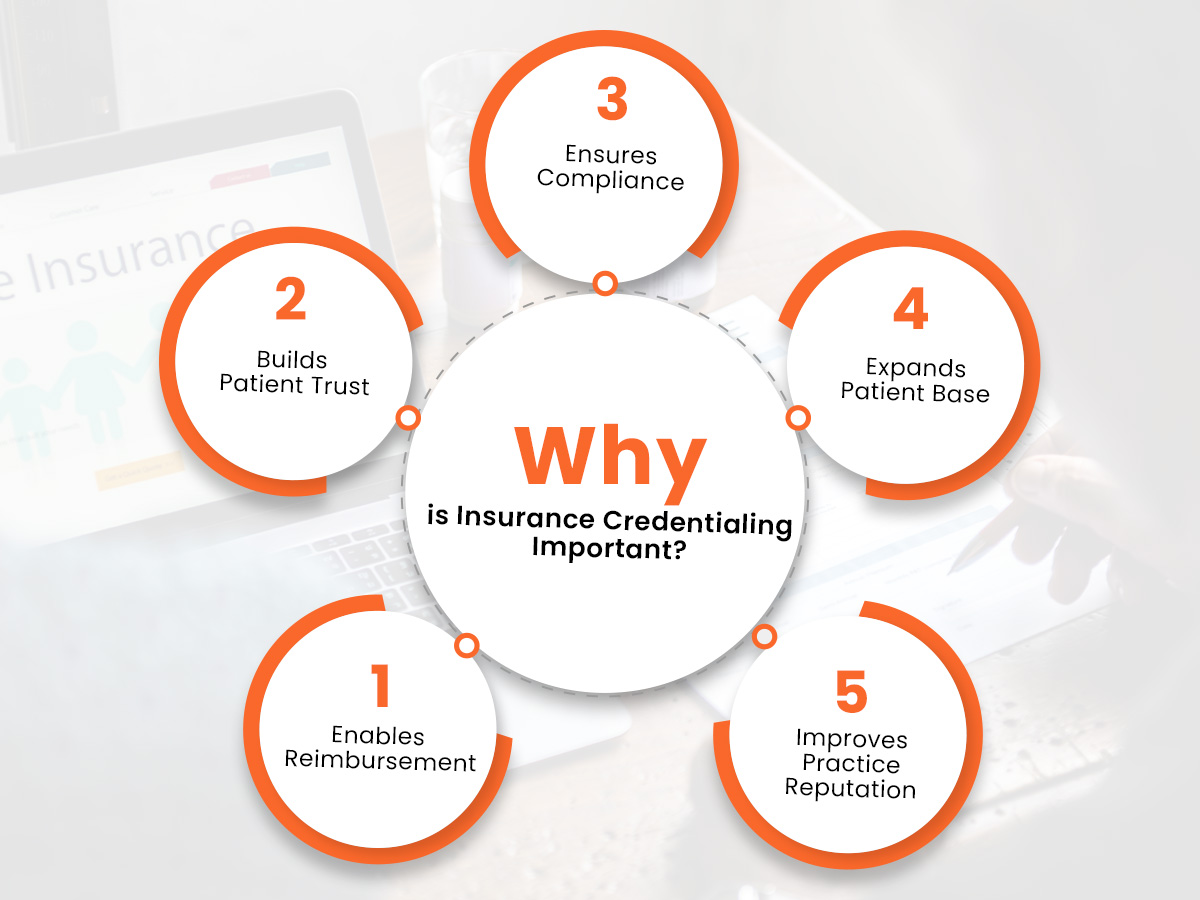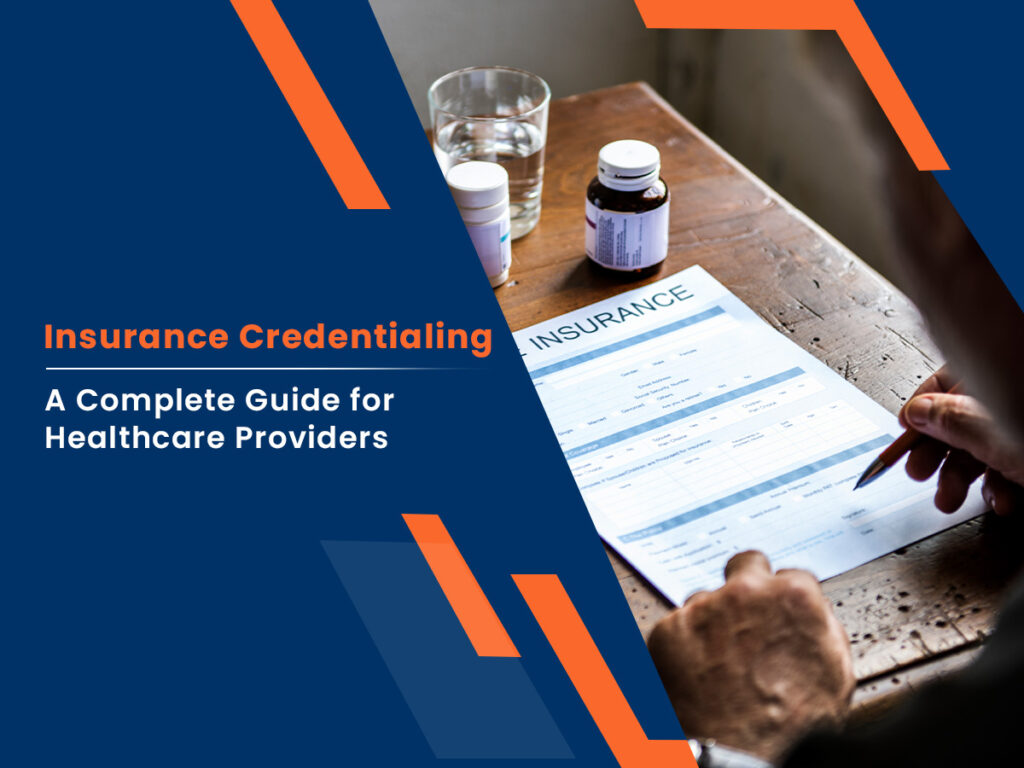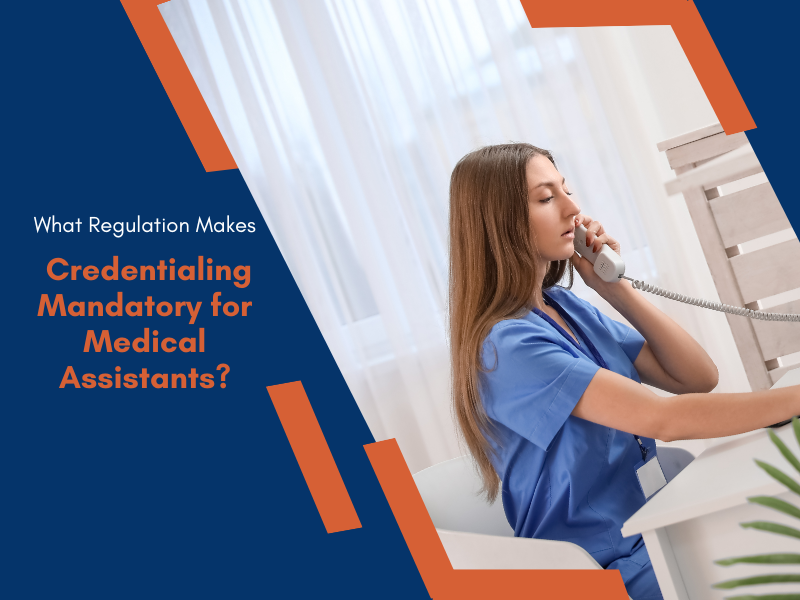In the world of healthcare, insurance credentialing is a critical process that ensures providers can deliver care to patients while being reimbursed by insurance companies. It plays a pivotal role in establishing trust, ensuring compliance, and maintaining the financial health of a practice. However, the process can be complex and time-consuming, requiring meticulous attention to detail.
This blog delves into everything you need to know about insurance credentialing—its importance, the steps involved, challenges, and strategies to streamline the process.
What is Insurance Credentialing?
Insurance credentialing is the process of verifying a healthcare provider’s qualifications, training, experience, and licensure to confirm they meet the standards required by insurance companies. Once credentialed, a provider is considered part of the payer’s network and can bill for services provided to insured patients.
Credentialing involves submitting detailed documentation and completing a rigorous verification process to ensure that providers are competent and compliant with regulations.
Why is Insurance Credentialing Important?
- Enables Reimbursement
Without proper credentialing, providers cannot bill insurance companies for services rendered, resulting in lost revenue. - Builds Patient Trust
Being credentialed by insurance networks reassures patients that the provider meets professional and ethical standards. - Ensures Compliance
Credentialing confirms that providers adhere to state, federal, and payer-specific regulations, reducing legal risks. - Expands Patient Base
Being part of insurance networks increases a provider’s accessibility to a broader patient population. - Improves Practice Reputation
Insurance credentialing establishes a provider’s credibility, enhancing the reputation of their practice.

Steps in the Insurance Credentialing Process
- Prepare Required Documentation
The first step in insurance credentialing is gathering all necessary documents, which typically include:
- State licenses and certifications
- Medical school transcripts and diplomas
- Board certifications
- Proof of malpractice insurance
- DEA (Drug Enforcement Administration) certificate
- National Provider Identifier (NPI) number
- Work history and references
- Research Payer Requirements
Each insurance company has unique credentialing requirements and timelines. Providers must familiarize themselves with these specifics to ensure a smooth process.
- Submit Credentialing Applications
Credentialing applications must be completed accurately and submitted to insurance companies or credentialing organizations. Errors or missing information can delay approval.
- Undergo Primary Source Verification
Insurance companies verify the information provided by contacting primary sources such as medical schools, licensing boards, and past employers. This step ensures that all credentials are accurate and legitimate.
- Receive Approval and Contract
Once credentialing is approved, providers are offered a contract to join the insurance network. This contract outlines reimbursement rates, terms, and conditions.
- Maintain Credentialing Compliance
Credentialing is an ongoing process. Providers must regularly update their information, renew licenses, and stay compliant with payer requirements.
Challenges in Insurance Credentialing
- Time-Intensive Process
Credentialing can take weeks or even months, delaying a provider’s ability to see insured patients and receive reimbursements. - Complex Payer Requirements
Each insurance company has different forms, guidelines, and timelines, making the process cumbersome. - Frequent Errors and Omissions
Incomplete or inaccurate applications are a common cause of delays and rejections. - Limited Resources
Small practices often struggle to dedicate the time and staff needed to manage credentialing effectively. - Regulatory Changes
Evolving healthcare regulations require providers to stay updated, adding to the complexity of the process.
Best Practices for Streamlining Insurance Credentialing
- Use Credentialing Software
Invest in software solutions that automate document management, track application statuses, and send reminders for renewals.
- Partner with Credentialing Experts
Outsourcing insurance credentialing to a professional service can save time, reduce errors, and ensure compliance with payer requirements.
- Centralize Documentation
Maintain a centralized repository for all provider information and credentials. This ensures quick access and simplifies re-credentialing.
- Stay Proactive with Renewals
Track expiration dates for licenses, certifications, and insurance policies to ensure timely renewals and avoid lapses.
- Monitor Payer Updates
Regularly review payer requirements to stay compliant with any changes in their credentialing processes.
The Role of Insurance Credentialing in Revenue Cycle Management
Credentialing is an integral part of revenue cycle management (RCM). Without proper credentialing, providers cannot submit claims to insurance companies, resulting in delays or denials of payment. By integrating insurance credentialing into RCM workflows, healthcare providers can:
- Reduce claim denials
- Accelerate reimbursements
- Improve financial performance
Metrics to Measure Credentialing Success
- Turnaround Time
Measure the average time taken to complete the credentialing process. - Approval Rate
Track the percentage of successful applications on the first submission. - Denial Rate
Monitor the rate of claim denials due to credentialing issues. - Renewal Compliance
Evaluate the percentage of providers with up-to-date credentials.
Future Trends in Insurance Credentialing
- Artificial Intelligence (AI):
AI-driven tools can automate verification processes, reducing errors and speeding up credentialing. - Blockchain Technology:
Blockchain offers secure and transparent credentialing, enabling efficient data sharing among stakeholders. - Integrated Platforms:
Comprehensive platforms are combining credentialing with other RCM functions to create seamless workflows.
Conclusion
Insurance credentialing is a critical process that directly impacts a healthcare provider’s ability to deliver care, build trust, and maintain financial stability. While the process can be complex, adopting best practices, leveraging technology, and partnering with experts can simplify credentialing and ensure long-term success.
Ready to streamline your insurance credentialing process? Invest in the right tools and expertise to ensure compliance, efficiency, and optimal revenue for your practice!





